One of the pinnacle concepts to understand in the world of Pokémon is typing. Typing, whether related to a Pokémon’s attributes or a particular move, is the backbone of how different Pokémon interact with one another. These give Pokémon unique properties and attributes that will influence the tides of training and battle.
There are 18 unique Pokémon typings available. With that, Pokémon can also sport two typings that can give it even more additional properties. Over the lifespan of Pokémon, there have been 155 unique type combinations out of the 171 possible, and they’ve all been confusing concurrent and new players alike when it comes to what is strong or weak versus what.
Here, we’ll go over the flying type and talk about what it is, what its weaknesses are, and what the typing is strong against.
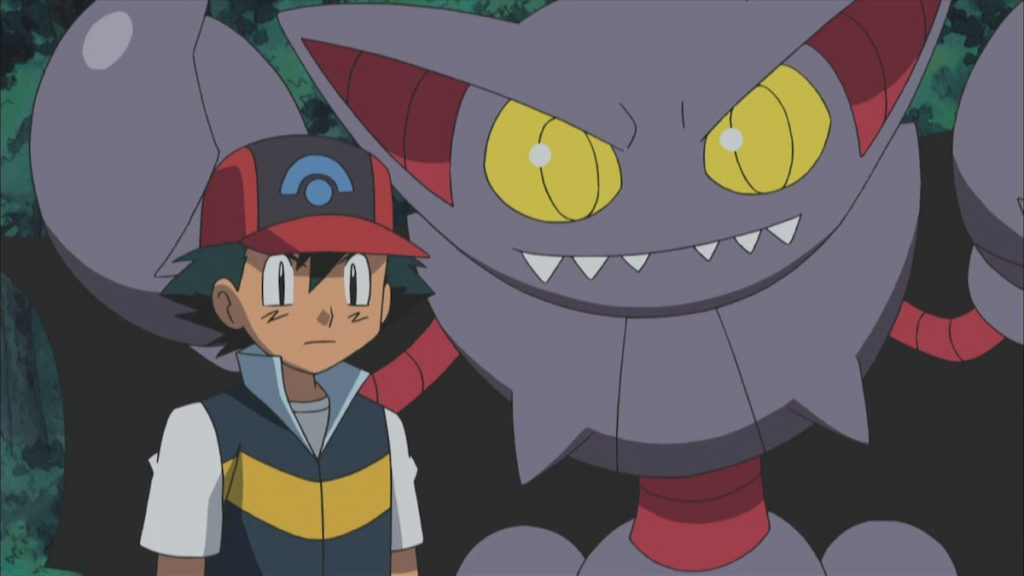
Flying-type Pokémon
Flying-type Pokémon have been around since the first generation and Kanto region. Many may remember catching their first Pidgey on Route-2 and using it throughout their playthrough. The flying typing is commonly paired with the normal typing. Oddly enough, there are only four pure flying-type Pokémon that exist. All other flying types are paired with a secondary typing.
These Pokémon are very useful in Pokémon game playthroughs as well as in battle against other Pokémon. The HM Fly is helps trainers travel from area to area in their unique region and also doubles as a two-turn physically damaging flying-type move.
Next, we’ll go over the weaknesses and strengths of the flying typing.
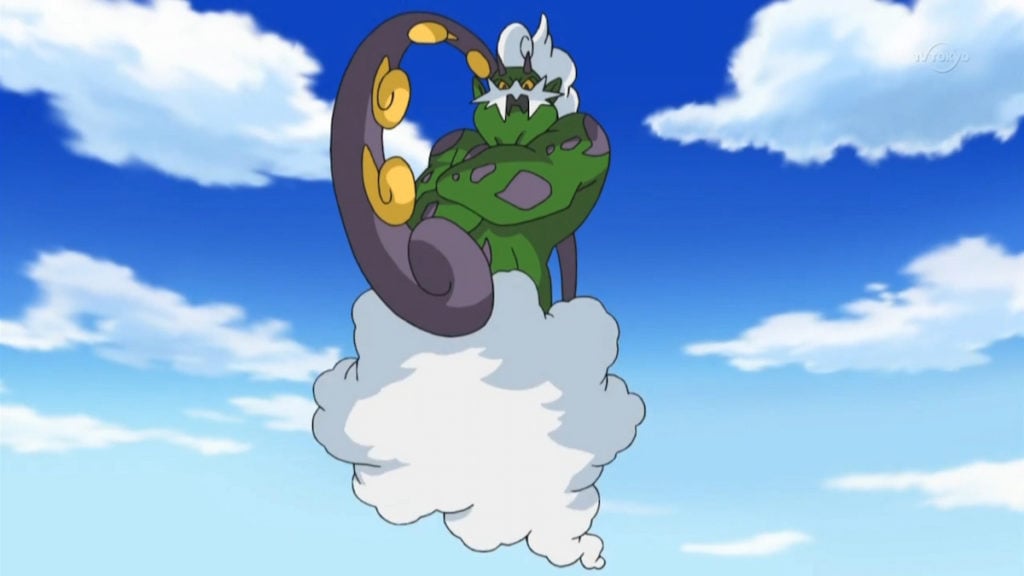
Flying-type weaknesses
Flying-type Pokémon have three main weaknesses: Electric, rock, and ice. While the latter two types may be less common in Pokémon, they are just as deadly as electric types are to flying-type Pokémon.
Electric types are strong against flying types and commonly outspeed many different flying types. This, like the two other weaknesses, is where a dual-typing really comes in handy. Flying-type Pokémon like Landorus and Gliscor are completely immune to electric-type moves due to their dual-ground-typing. This does, however, come at a tradeoff by increasing the impact of ice-type moves— now four-times effective instead of two-times.
Rock-type Pokémon are also strong against flying-types. Like electric types, dual-typings can assist to cover this weakness as well. Pokémon like Skarmory and Hawlucha have dual-steel and fighting typings that provide a resistance to rock-type moves.

Ice is another strong type against flying Pokémon. Though similarly to electric, dual-typings help flying types with their weaknesses. Flying types with dual-typings in bug, fire, and even ice, provide flying types with extra resistance to ice-type moves. Pokémon like Vespiqueen, Charizard, and Articuno fall into these categories. Just like dual-typing with ground, however, there is a tradeoff
Entry hazards like stealth rocks are a major problem for flying-type Pokémon. While not commonly present in various Pokémon playthroughs, they are commonplace in competitive battling. Stealth rocks are flying and stationary rocks that damage one’s Pokémon on ‘entry.’
Depending on the Pokémon typing determines how much damage these rocks do. Pokémon typings weak to rock, like flying, will be hurt for 25-percent max-HP upon entry. If the Pokémon has two typings weak to rock, they will be hurt for 50-percent max-HP, however. This is massive for Pokémon that are four-times weak to rock like Vespiqueen, Articuno, and Charizard mentioned above.
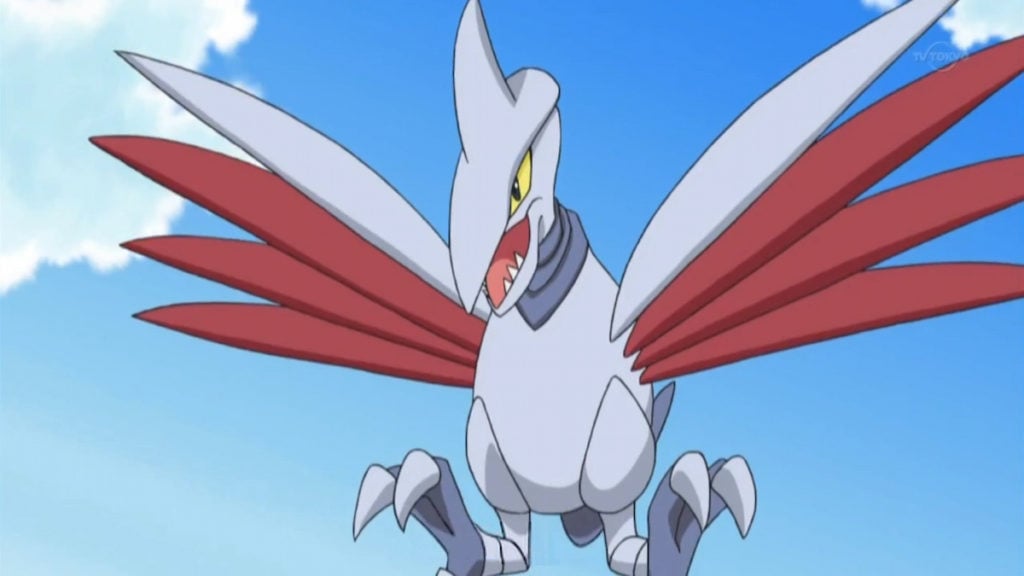
Flying-type immunities
A very nice attribute to flying-type Pokémon is their immunity to ground-type moves. While there are some exceptions to this rule with moves like Gravity and Thousand Arrows which affect ungrounded Pokémon, being immune to strong ground-type moves like Earthquake and Earthpower are amazing.
Additionally, flying-type Pokémon are also immune to grounded entry hazards like Spikes, Toxic Spikes, and Sticky Webs.
Flying-type moves
Flying is an amazing offensive typing that trainers can spam and take advantage of. While there are only three types that flying is super effective against—Bug, fighting, and grass—there are very few Pokémon types that resist flying-type damage. Only electric, rock, and steel types can resist flying-type damage making it an amazing and oppressive offensive typing.
Flying is a great typing for trainers to get a hold of. Flying Pokémon that have dual-typings that cover weaknesses make great additions to teams, and their resistances to entry hazards play a role in competitive play.
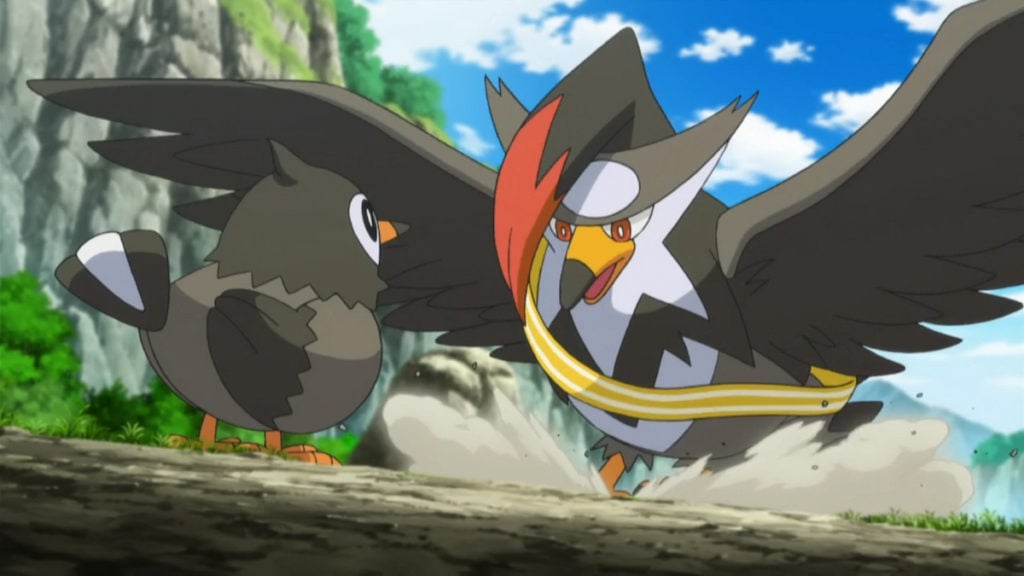
Trainers, however, should be aware that dual-type flying Pokémon commonly have a four-times weakness that will deal massive damage. And Stealth Rocks can take 50 percent of the Pokémon’s max-HP before they even get a chance to move.
Those looking to add a flying type to their team can take a look at our list of the best Flying-type Pokémon of all time.


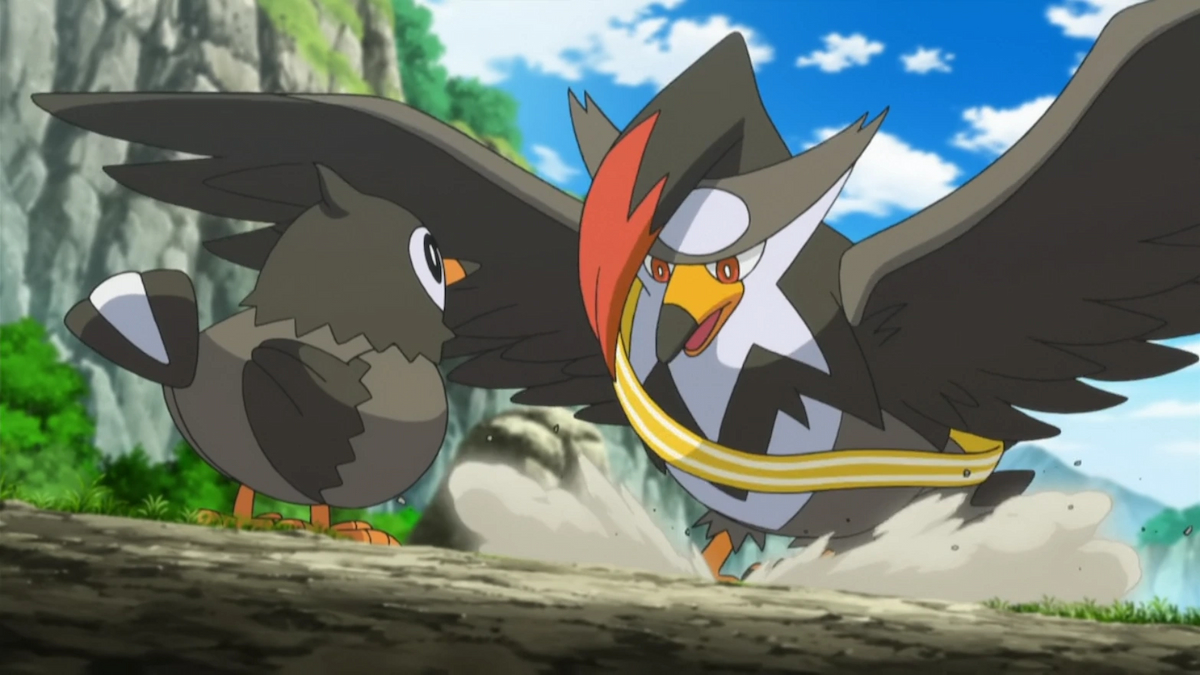
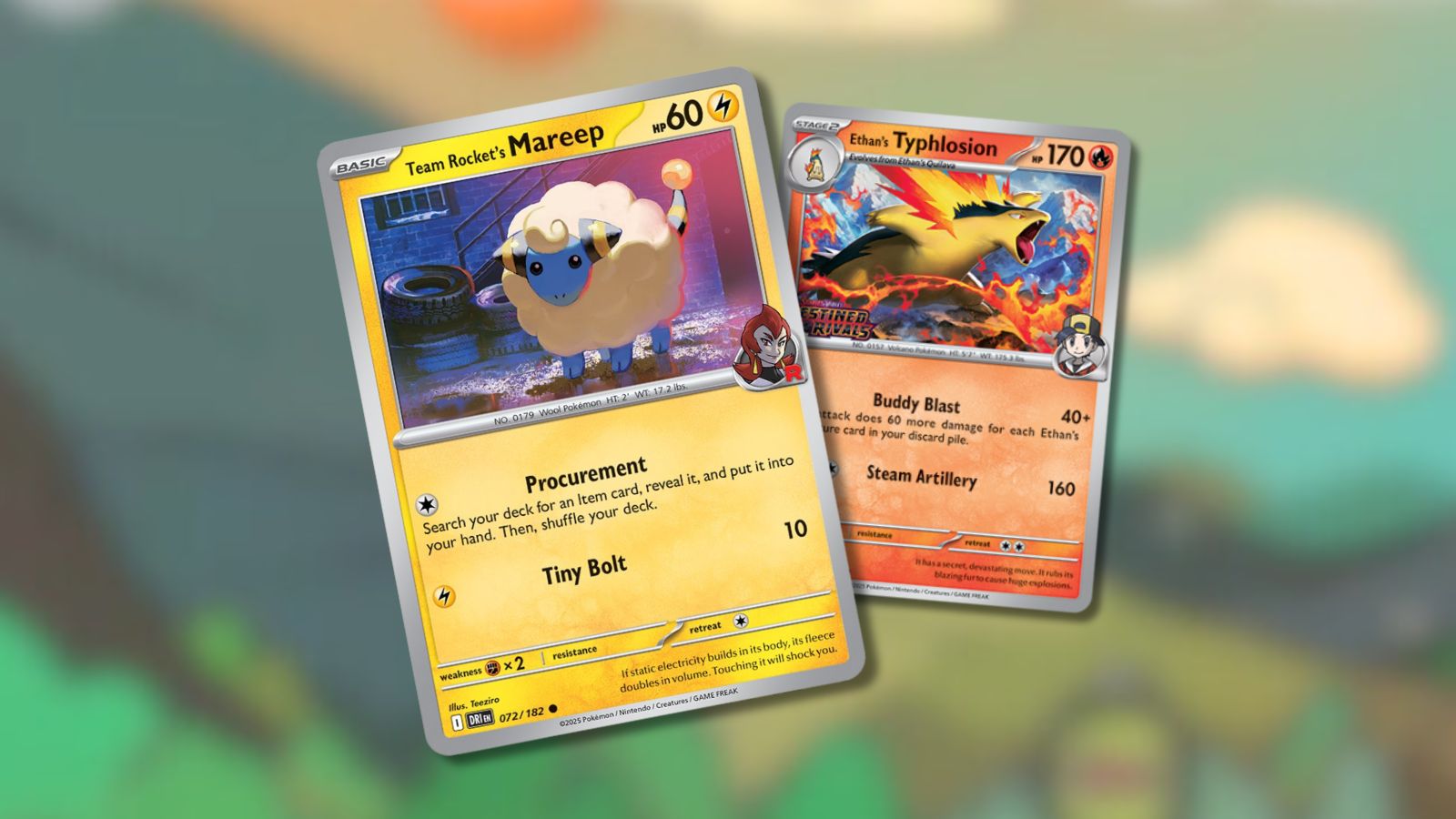




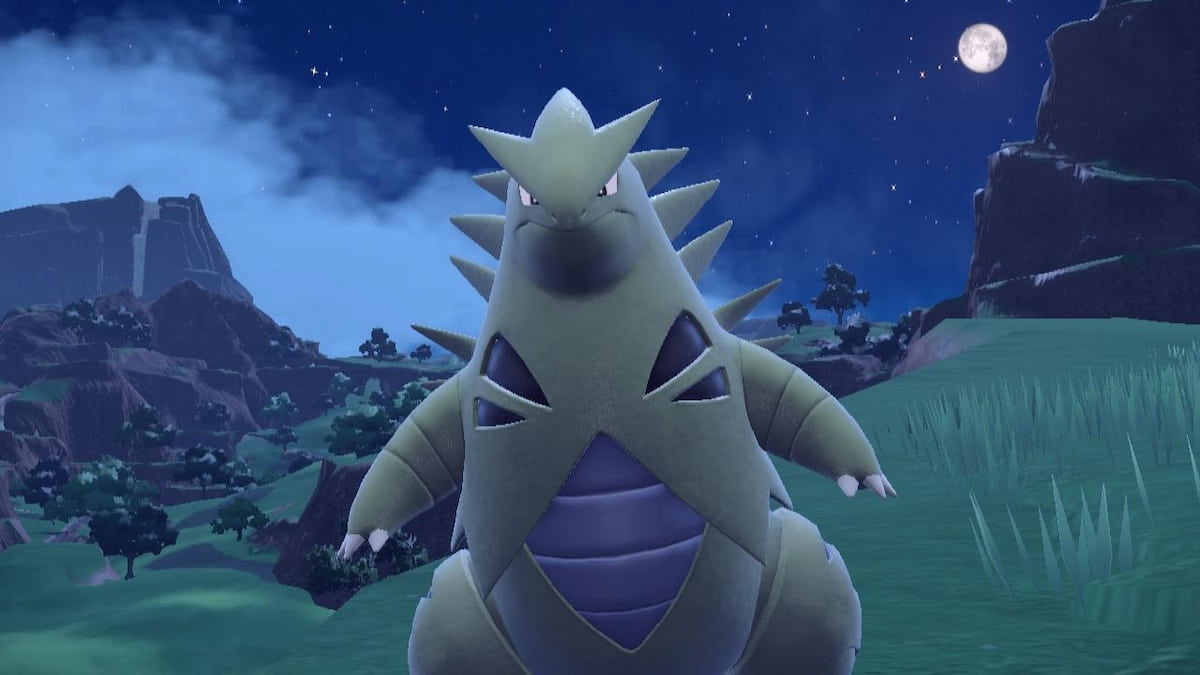

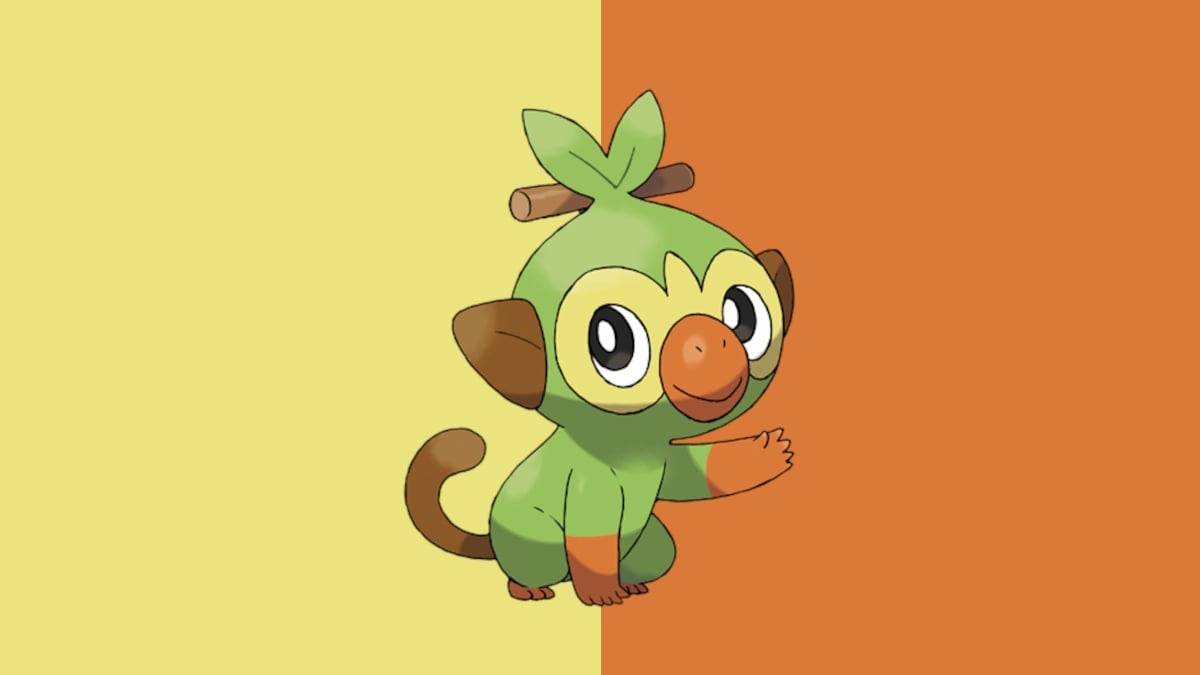
Published: Jul 22, 2022 07:47 am